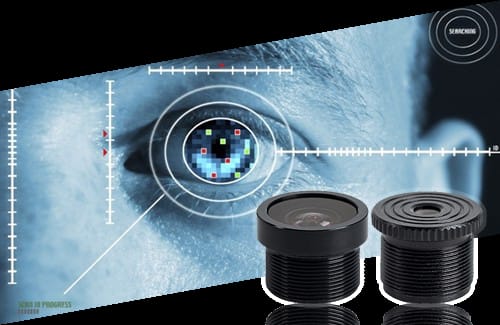Iris Recognition
Iris recognition technology is based on the iris in the eye for identity recognition, which is applied to places with high confidentiality needs. Human eye structure is composed of sclera, iris, pupil lens, retina, etc. iris is a circular part between black pupil and white sclera, which contains many interlaced spots, filaments, crowns, stripes, recesses, etc Section features. Moreover, after the iris is formed in the fetal development stage, it will remain unchanged throughout the life course. These features determine the uniqueness of iris features and identity recognition. Therefore, the iris feature of the eye can be regarded as the identification object of each person.

Iris recognition has been proved to be one of the preferred methods of biometric recognition, but the technical limitations limit the wide application of iris recognition in business and government fields. This technology relies on the high-resolution image generated by the system for accurate evaluation, but the traditional iris recognition equipment is difficult to capture a clear image because of its inherent shallow depth of field. In addition, applications that require fast response time for large-scale continuous recognition cannot rely on complex devices without autofocus. Overcoming these limitations usually increases the volume and cost of the system.
The iris biometric market is expected to witness double-digit growth from 2017 to 2024. This growth is expected to accelerate due to the growing demand for contact-less biometric solutions in the covid-19 pandemic. Additionally, the pandemic has gave rise to increased demand for contact tracking and identification solutions. ChuangAn optical lens provides a cost-efficient and high-quality solution for imaging applications in biometric recognition.